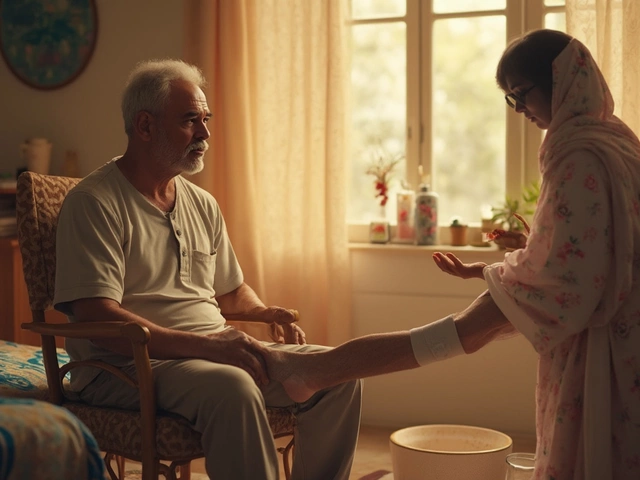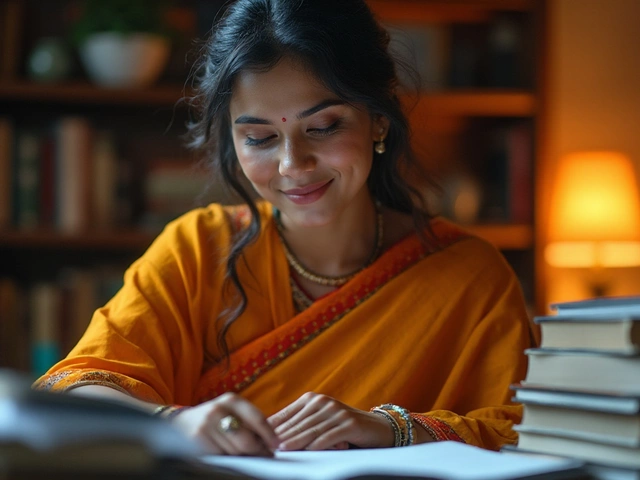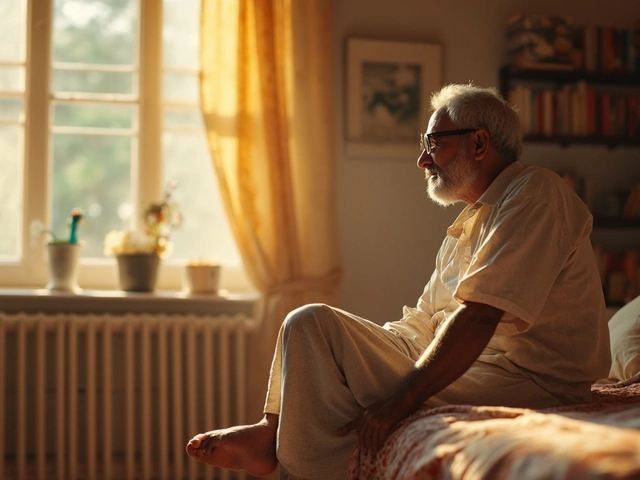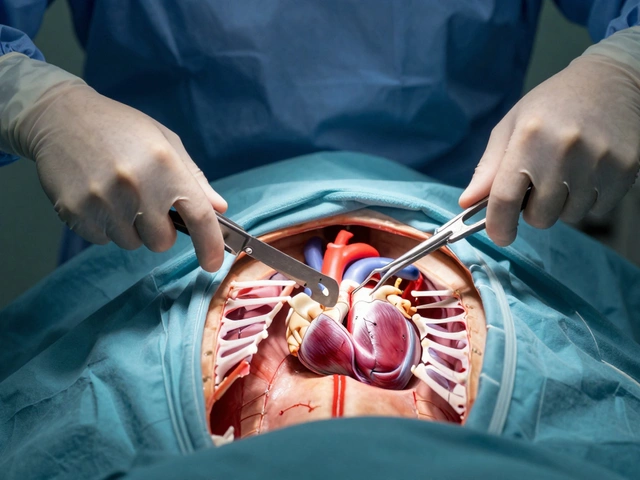Walk into any pharmacy or scroll through your Instagram and you’ll find dozens of products promising lush, dense hair. The obsession with a thick mane isn’t just modern—people have chased miracle cures for centuries. But the real game-changer? Herbs. There’s one that’s earned the bold nickname: the king of hair. If you’ve watched your hairline inch backward on stormy mornings, or if the mirror teases you with an increasingly sparse scalp, you might wonder: is there actually a natural hero? Today, I want to crack open what makes an herb earn such a royal title and why countless practitioners, from old-school Ayurvedic healers to die-hard wellbeing influencers, keep singing its praises.
Why People Search for a 'King' Among Hair Herbs
If you ask around, hair woes top the list of beauty complaints—dry scalp, brittle ends, hair fall after showers, the struggle goes on. The global hair care market didn’t hit $96 billion in 2023 for nothing. But why does everyone obsess over finding the single best, most powerful herb for hair? Simple: herbs feel safe, ancient, and trustworthy. Chemical-packed serums and shampoos sometimes trigger allergies, aggravate itching, or simply quit working after a while. So, you’ll often hear about fenugreek seeds simmered in grandma's oil, or a secret methi mask handed down from someone’s great-aunt.
But among all the herbs floating around in bottles and Pinterest-worthy hair masks, one sits at the top of the hierarchy in both modern science and traditional wisdom: Bhringraj (Eclipta alba). Even my wife Meera, skeptical of wellness trends, can’t ignore the glowing reviews and the buckets of positive anecdotes floating around family WhatsApp groups and Reddit boards. And it's not just talk. A 2022 review published in the Journal of Ethnopharmacology listed Bhringraj as the plant with the "highest evidence as a hair growth promoter," surpassing others like amla and hibiscus.
So what puts Bhringraj—and not lavender, not rosemary, not even henna—in the royal seat? Timing, tradition, and straight-up results. Ayurvedic texts go as far back as 500 BCE referencing this humble weed as "Kesharaja," which literally translates to "king of hair." It grows wild across wet regions of India and Southeast Asia, sporting tiny white flowers, and local practitioners use its every part: leaves, roots, and even seeds. Instead of grand promises, it earned loyalty by quietly regrowing lost patches, soothing angry scalps, and restoring that old, lost shine.
Why does it work? Time to nerd out: Scientists found that Bhringraj contains wedge-shaped molecules called wedelolactone and eclalbasaponin. These chase away excess free radicals—blaming them for hair fall—while stimulating hair follicles to jump back into their anagen or “growth” phase sooner. In one study from 2017, researchers rubbed bhringraj extract on shaved mice. The group using bhringraj had 40% more hair regrowth compared to those who didn’t. That’s pretty wild—especially since the extract hugely outperformed minoxidil (the active ingredient in Rogaine) in some indicators. Of course, mice aren’t men, but the uptick in clinical trials on human volunteers since 2016 is promising.
Still, the proof isn’t only in fancy journals—sidewalk barbers in Mumbai to rural salons in Assam swear by bhringraj oil for reversing premature greying and stubborn hair loss. Even my dad’s “hair oil guy”—a 74-year-old mixer named Alok—credits his still-black hair to weekly bhringraj coconut oil rubdowns. And when someone in the family starts shedding extra tufts after exams or festive eating, there’s a collective run for the green bottle tucked at the back of the kitchen shelf.
Bhringraj vs. Other Popular Hair Herbs
If bhringraj is the crowned king, what about its rivals? Amalaki (amla), Brahmi, neem, hibiscus, rosemary, and fenugreek all compete for a piece of the throne, each with their fan base claiming they work best. To really weigh up the contenders, let’s break down what each herb offers and how they stack up in the ring. (And just for fun—and nerd points—I’ve whipped up a quick table comparing their most interesting features and typical uses.)
| Herb | Main Benefit | Common Form Used | Key Compound(s) | Region Famous For Use |
|---|---|---|---|---|
| Bhringraj (Eclipta alba) | Boosts hair growth, slows greying, soothes scalp | Oil, powder | Wedelolactone, alkaloids | India, Sri Lanka |
| Amla (Emblica officinalis) | Strengthens roots, prevents dandruff | Oil, dried fruit, powder | Vitamin C, tannins | India, Nepal |
| Hibiscus (Hibiscus rosa-sinensis) | Conditions hair, promotes new follicles | Oil, flowers/leaves paste | Flavonoids, mucilage | India, Egypt |
| Rosemary (Rosmarinus officinalis) | Increases circulation, boosts shine | Essential oil | Rosmarinic acid, cineole | Mediterranean, USA |
| Fenugreek (Trigonella foenum-graecum) | Fights dandruff, thickens hair | Seeds, powder, oil | Saponins, nicotinic acid | India, Turkey |
Sure, plenty of herbs have a track record with hair. If you’re after basic strength, amla is your candidate. For intense deep-conditioning, hibiscus knocks it out of the park, leaving hair crazy soft and shiny. Rosemary oil has even become a TikTok darling because it appears to stimulate the scalp almost as well as minoxidil—at least in early studies. Fenugreek? Anyone who’s ever ruined a weekend cleaning sticky hair masks from their shower knows how much slippery power those seeds can hold for density and fighting flakes. And neem always gets a shout-out if scalp infections torment you and you’re desperate for relief.
But—here’s the kicker—none can check as many boxes at once as bhringraj. It won’t just grow hair; it can slow down premature greying, help eczema-prone scalps, and rescue hair after seasons of heat styling or stress. That’s why, from Ayurvedic doctors in Delhi to eco-wellness shops in LA, it gets top marks. One 2021 consumer survey in India showed that 62% of urban users noticed "noticeable hair regrowth" after three months of bhringraj oil usage, compared to 41% who used standard coconut oil or amla oil. Those numbers matter when you want more than hope in a bottle.
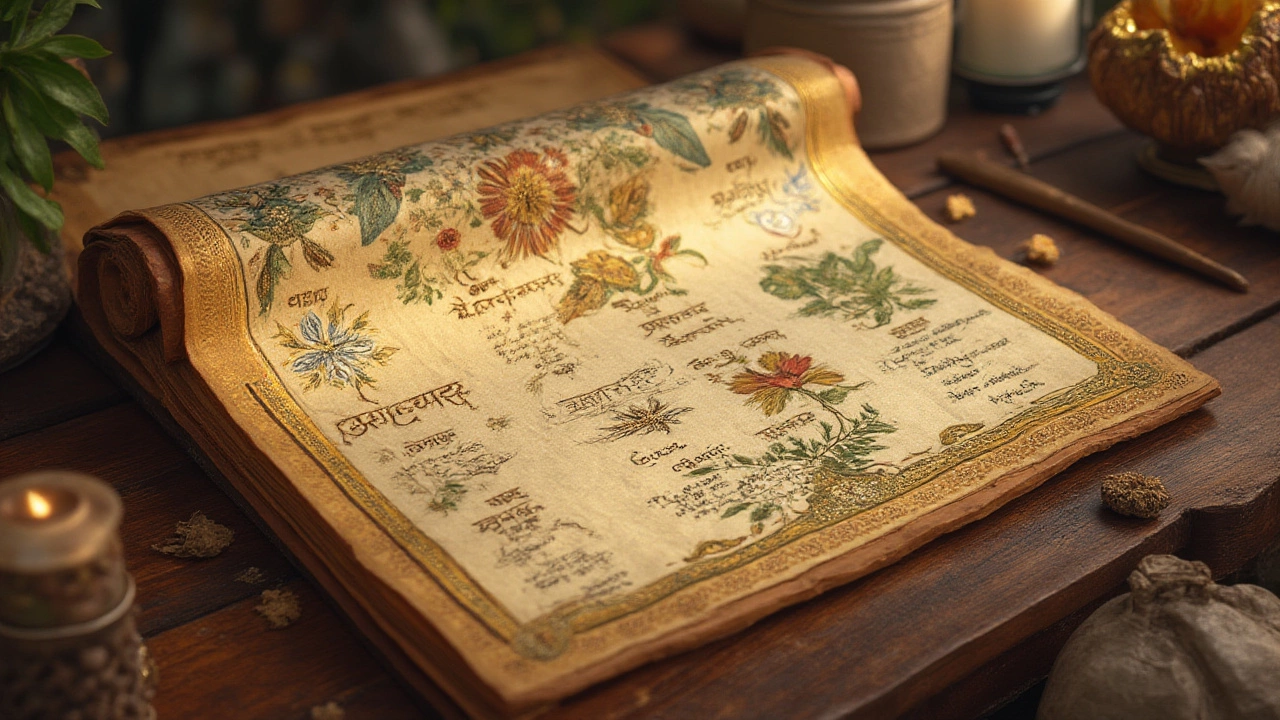
How to Use Bhringraj for Maximum Hair Growth
Bhringraj’s biggest plus? It’s flexible—almost foolproof. You don’t need to hunt down a herbalist or fly in rare powders from an online apothecary. Local health stores, Indian grocery chains, and countless e-shops stock potent formulations already blended for hair. You can pick up bhringraj as plain oil, infused oil, powder, or even as hair masks and capsules. And if you’re like Meera and worry about lingering herbal smells, there are light formulations that rinse out easily or hide behind fragrant natural scents like peppermint.
Want the best bang for your buck? Here's my own tried-and-tested approach—easy, quick, remarkably effective even on my “tired” hair.
- Oil Massage (aka the Classic): Buy good-quality bhringraj oil (for sensitive types, make sure it’s cold-pressed and free from parabens/mineral oil). Warm 2-3 tablespoons between your palms and massage it into your scalp in firm, circular motions. Keep it for 30 minutes, or even better, overnight. Wash off with a gentle sulfate-free shampoo. Aim for 2-3 times a week. It helps blood circulate better, feeding follicles more oxygen and nutrients—hello new hair sprouts.
- DIY Mask: Mix 2 teaspoons bhringraj powder with 2 teaspoons yogurt and a splash of almond oil. Slather this creamy concoction all over wet hair and scalp. Leave for 20-30 minutes. Yogurt soothes and conditions, while almond oil softens frizz, making everything feel ultra-luxurious.
- Hot Towel Spa: After oiling, wrap your head with a warm, damp towel for 10 minutes. This turbo-charges penetration into hair roots, especially if you deal with a dry scalp or spend long hours in air-conditioning (guilty!).
- Capsule or Tablet: For those with no time or patience for oils, many brands offer bhringraj as ready-made capsules. Just confirm with your doctor first—especially if you’re pregnant, nursing, or on meds.
One heads-up: Persistence trumps quick fixes. Nothing worth having grows overnight, and brittle, thin hair usually takes 8-12 weeks to show real progress. A 2020 clinical study tracked users over three months; most saw less hair in their comb at six weeks and visible baby fuzz by the third month. Keep your camera handy for dramatic before-and-after pics. Combine use with hearty, hair-friendly meals—think nuts, spinach, eggs, and fish—and the results can truly surprise.
Also, patch test if you have sensitive skin. Some people are allergic to certain plant compounds—no one wants itchy, burning scalp drama.
Pro Tips, Surprising Facts, and Things to Watch
So you’re probably wondering—does using the “king of hair” mean you can fire your shampoo and skip all the other fancy products? Not really. While bhringraj does a lot (science proves its mettle), hair is stubborn and influenced by everything from what you eat to how much stress bounces around in your head. But here’s some extra cool stuff about bhringraj and a few tips to help you get the most out of it.
- Bhringraj leaves glow in the dark when crushed and soaked in water. Not quite a party trick, but definitely one of those odd botanical facts that make you look twice. That glow is due to a compound called coumarin.
- Mix it with hibiscus petals in your oil batch, especially if shine and intense softness are your goals. The combo works magic, leaving hair almost slippery to the touch.
- Don’t use boiling-hot oil on your scalp. Lukewarm is ideal—it helps nutrients absorb better without damaging roots.
- Bhringraj is safe for most ages (from teens to the elderly), making it family-friendly. My mom started using it in her fifties and swears by fewer gray streaks and much happier hair.
- If hair loss comes from serious hormone shifts (like thyroid disorders or PCOS), herbs alone might not solve everything. Always loop in a doctor if you’re worried or if you suddenly lose huge clumps of hair.
- Bhringraj’s effect lasts longer when you limit harsh chemicals and excessive heat—goodbye daily flat-ironing marathons.
- Ayurvedic massages using bhringraj oil aren’t only about regrowth—they also relax the mind, which (suprise!) can reduce stress-based hair fall. Who says you can’t get a good scalp rub and tackle anxiety at once?
And if you travel a lot, stash a small bottle of bhringraj oil in your carry-on. Airport air can make your scalp freak out, so a quick oil soak before showers can save the day. Never underestimate how hard travel is on your follicles.
The magic of the “king of hair” isn’t exclusive—it’s a blend of real science, ancestral tradition, and the willingness to stick to a simple, fuss-free ritual. If you’re ready for a hair transformation, skip the overhyped TikTok trends just this once. Trust the one herb hailed across continents, cheered on by grandmothers and scientists alike, and embraced by families who know a lush mane beats pricey treatments any day. The royal results might just speak for themselves on your next video call.

